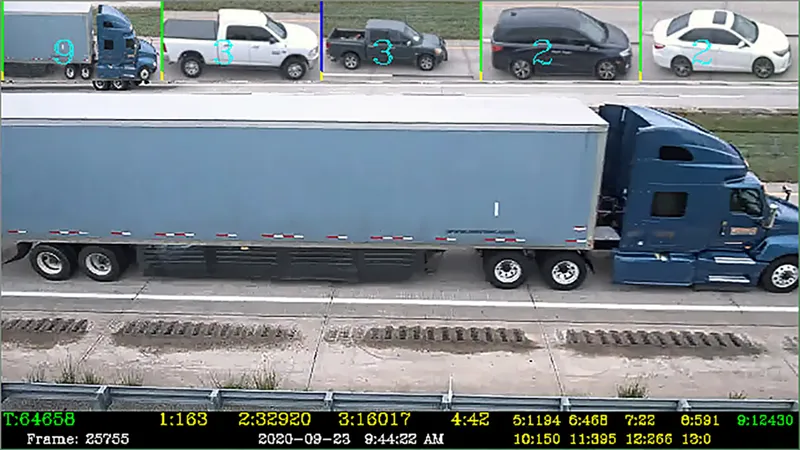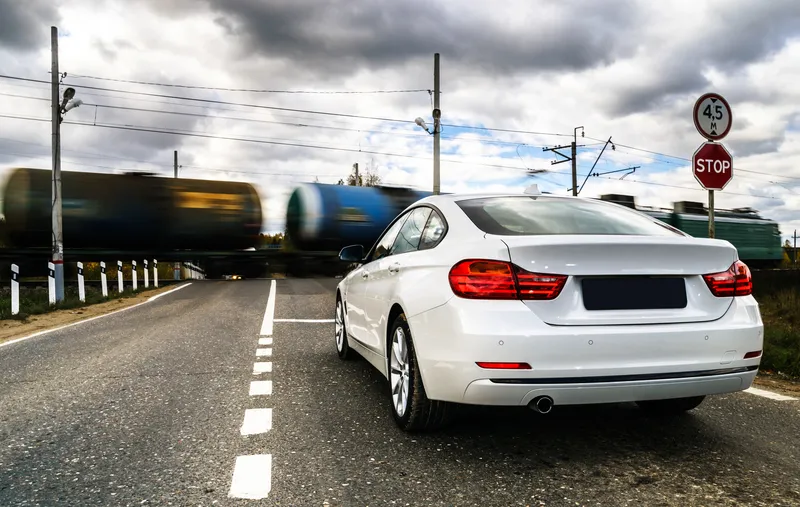Allied Vision Technologies (AVT) has supplied Norwegian company Q-Free with its high performance machine vision cameras for use in electronic toll collection (ETC) systems.
Q-Free has developed an ETC installation based on a single gantry which relies on the latest machine imaging systems, radio systems and automatic license plate recognition (ALPR) software technologies to collect toll data. This versatile system is designed to do pure video tolling or a combination of video and radio tolling depending
August 20, 2015
Read time: 3 mins
Q-Free has developed an ETC installation based on a single gantry which relies on the latest machine imaging systems, radio systems and automatic license plate recognition (ALPR) software technologies to collect toll data. This versatile system is designed to do pure video tolling or a combination of video and radio tolling depending on the needs of the responsible authorities where it is installed.
The gantry currently features two AVT Prosilica GX1920 digital cameras per lane and on both sides of the gantry to capture high quality images of a vehicle’s front and rear license plates. In addition, the single gantry also features two AVT Manta G-125B monochrome cameras per lane. These cameras are used to track each individual vehicle as they enter and leave the detection zone around the gantry, and when a lane change occurs. Accurate vehicle tracking ensures that front and rear pictures of vehicles license plates are reliably captured in all lighting and weather conditions, as well as in situations ranging from urban environments to multi-lane free-flow highway infrastructures. The combination of accurate vehicle tracking and the machine vision cameras’ superior image quality output guarantees a high ALPR accuracy rate.
The gantry also features DSRC units to electronically collect fees from vehicles equipped with transponders, a Sick LMS500 3D laser to classify vehicles and Q-Free’s Intrada ALPR software for automatically reading the registration numbers from the pictures. The ALPR data is then processed by an operational back office for fee charging and subsequent billing by the local authorities based on each vehicle’s road usage and the tariff in charge. The video tracking ability is used to reliably integrate the input for all these sensors into single transactions.
According to AVT, machine vision cameras offer many benefits for tolling and outdoor imaging applications due to a wide array of advanced features such as low-latency trigger for timely image capture, flexible exposure, gain and binning modes to adapt to any outdoor lighting conditions, high sensitivity to minimise motion blur and image distortion, as well as configurable I/O to synchronise the image-capture process with traffic system peripherals such as IR lights, ground loops, radar or laser triggers.










